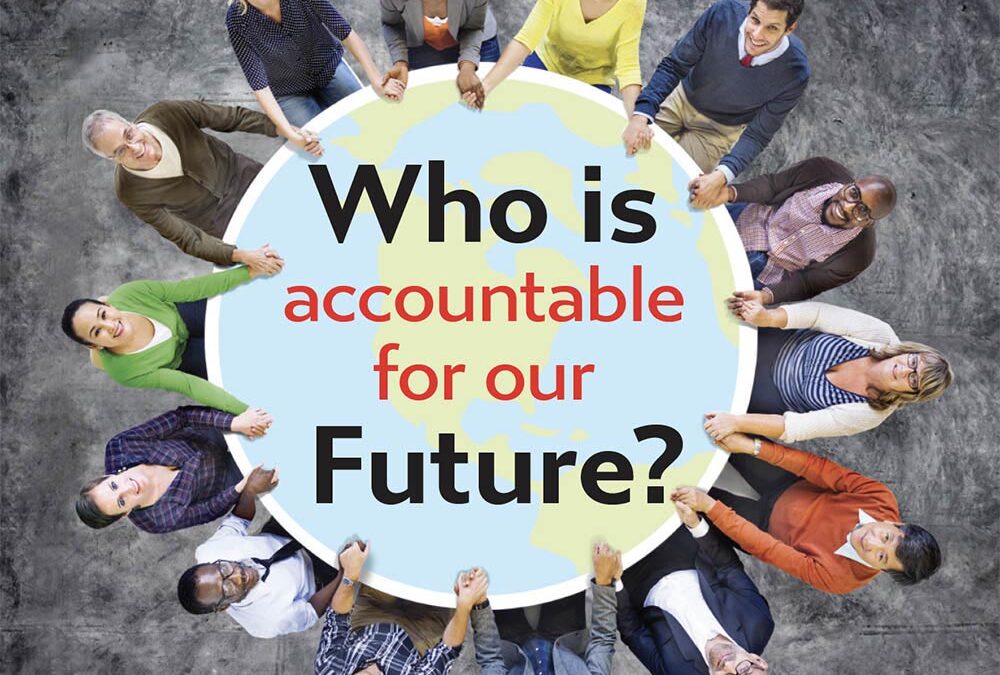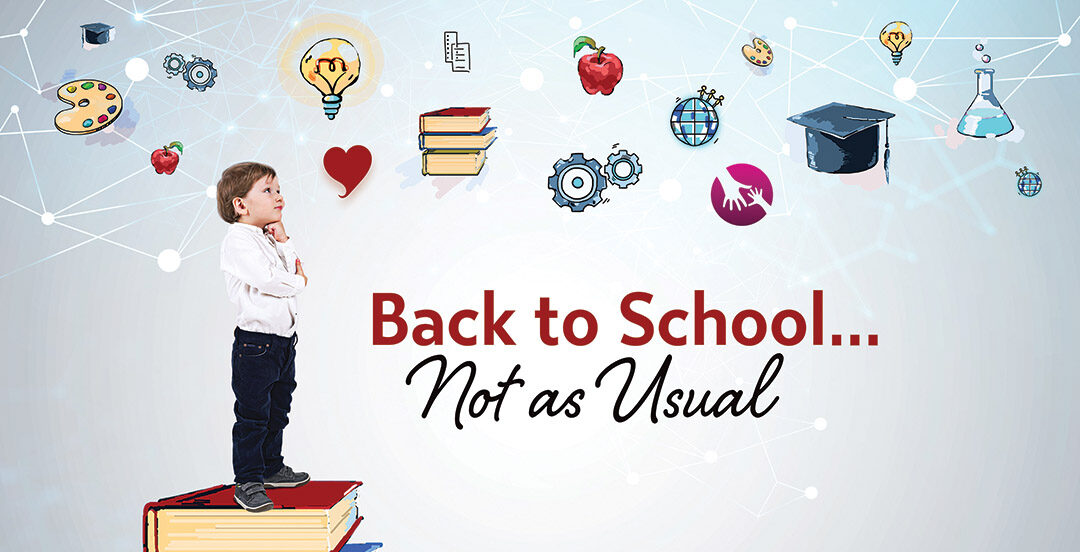
How Will You and Your Family Remember the Pandemic of 2020?
By Cheri Torres
So many facets to this coronavirus pandemic. Each one brings a distinct emotional flavor: fear, grief, despair, frustration, loneliness, anger, resentment, boredom and also, joy, peace, generosity, calm, hope, rejuvenation, connection, curiosity, compassion, care, humor, and love. One event giving us an opportunity to experience the full spectrum of human emotion coupled with the full spectrum of human behavior. What we remember about this time in our lives will be at least in part the result of the conversations we have. What kind of conversations are you having with yourself, your family, and your neighbors or colleagues?
If you’re up for fostering conversations worth having with your family, be prepared to listen and be curious. Don’t rush in to fix things or solve people’s feelings or reactions. Take a deep breath and ask them to say more. You will learn more about them and they are likely to discover more about themselves at the same time. Here are some questions you might explore as a family:
How is all of this affecting you? What are you feeling? Thinking?
What are you having to let go of, even though you might not want to?
What do you sense is coming?
What are some unexpected joys or things that brighten your days?
What’s actually been a gift to you, our family, or our community?
What superpowers are you using to adapt and roll with staying at home and physical distancing?
If your kids have noticed you are highly stressed because you’ve lost your job and money is running out, talk with them about what’s happening for millions of people around the world, so they understand everyone is struggling, not just you. Let them know people are reaching out to help one another in ways we’ve not seen before. If you can see they are worrying a lot, ask them to tell you about a time when they were really worried about something going wrong, and in the end, it worked out okay. Then follow up with:
What did you value about yourself in that situation?
What did you value about the other people?
How might we draw from your experience to help us in this situation?
Consider sharing a story of your own when you were worried about some of the same things you are now, and in the end it turned out okay. Share your own strengths and how those same strengths will help you get through this.
If your kids are old enough, invite them into some of the deeper conversations this time in history is calling for. It has never been more clear that our education, healthcare, and economic systems are not working for everyone. How might we pay attention, accept the challenge, and reinvent these important elements of society so they do work for everyone. A few questions you might invite teens and young adults to discuss (or just talk about it with other adults):
How might we make education/school more effective or relevant, especially at this time?
How would you manage school under these circumstances?
What suggestions do you have for school kids who don’t have access to computers and the internet?
What do you think is important for you to learn over the next several months?
What role might you play in making sure you learn what’s important for you?
How might we reinvent our communities so everyone thrives?
How might we reinvent our economy so everyone has an opportunity to contribute and be successful?
If you were granted three wishes, what would you wish for? (You can’t wish the virus away and you can’t wish for everything to go back to “normal.”)
Given all that is going on in the world, what are you most grateful for right now?
Finally, you might members of the family (or your friends and colleagues):
When you look back on this time—maybe 10-20 years from now—how do you want to remember it? And how do you want to be remembered?
If your children or grandchildren asked you, how did you manage and how did you contribute in 2020, what would you like to be able to say and have it be true?
What can we do now so that your memory is one you are proud of?
Our conversations are powerful influencers in our lives. They have the ability to strengthen our relationships, fortify our health and wellbeing, enhance our resilience, and fuel our creativity and success . . . or not. They are the single most influential tool we have at our disposal, and we have the ability to choose how we wield that tool.
How might you have conversations worth having with your family, neighbors, and colleagues? Conversations that help them stop and think about this historic moment in history.
Think about who they want to be now and what they want to be able to tell their children and grandchildren about who they and their family was during this time.
An Invitation: Transform stress and challenge into conversations worth having – join us for Monday Kickstarters. Every Monday for the next two months, from Noon – 12:30 PM EST, we are hosting a zoom call to practice turning negative and life-draining thoughts and interactions into productive and meaningful conversations.
Join any time. Reserve your seat https://lnkd.in/emZJpsp.
Cheri Torres is an author and speaker cheritorres.com. Online Conversation Boot camp begins June 24. Download a free Conversation Toolkit at Conversations WorthHaving.today.





